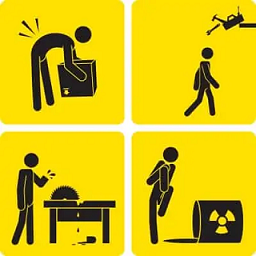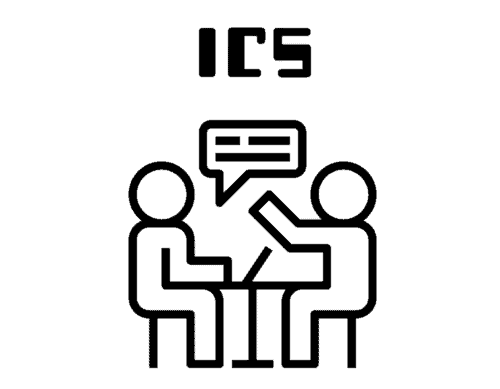ISO 45001: 2018 is a standard focused on guiding and establishing the requirements for the establishment of an adequate Occupational Health and Safety Management System. Seeks the generation of safer, more reliable and healthy workplaces avoiding the occurrence of accidents or occupational diseases for the good performance of the workers.
The Occupational Health and Safety Management System is a system designed to achieve a safe and pleasant work environment in which workers can carry out their daily tasks in the safest way possible, preventing the occurrence of accidents or occupational diseases and timely identifying unsafe acts and conditions.
ISO 45001: 2018 seeks to serve as support to the organization to achieve an adequate implementation and maintenance of the Occupational Health and Safety Management System (SGSST) based on compliance with:
- Continuous improvement of SGSST performance.
- Compliance with legal, voluntary and other requirements assumed by the organization.
- Compliance with the objectives set out in the SGSST.
This ISO standard can be integrated with the ISO 14001: 2015 and ISO 9001: 2015 standards.
Occupational Safety and Health (OSH) in Peru
Safety and health at work is a subject regulated by the Peruvian State, under Law No. 29783, Law on Safety and Health at Work, and is supervised by the National Superintendency of Labor Inspection, the body in charge of ensuring the respect for workers’ rights.
Compliance with Law 29783 is an obligatory matter for companies, for which non-compliance is penalized.
This means that every company must have an Occupational Health and Safety System that guarantees the protection of the well-being of staff and collaborators (clients, suppliers) during the performance of their functions within the company.
The SGSST has the function of ensuring the health care of the people who are within the company by identifying the dangers and taking control measures to reduce the risk that these dangers may pose.
Many times the expressions of danger and risk are used as if they mean the same thing, but this should not be the case; these 2 concepts are different.
- Danger: is the source, situation or act with the capacity to cause harm.
- Risk: it is the probability due to the consequence that the danger materializes in an accident.
A clear example of this is the following:
- Danger – Walking down the street distracted on the cell phone.
- Hazard – Suffering from a fall, injury, injury, bruise, etc.
Likewise, an example of danger and risk is also:
- Danger – Ladder in poor condition
- Risk – Suffering from a fall, injury, bruise, etc.
- Danger – Excessive heat
- Risk – Fainting, heat stroke, skin cancer, dehydration, etc.

In short, everything in our environment can generate some type of risk (from trivial to intolerable) however, if we have specific control measures for each identified danger, the risk will reduce its severity and its effect of causing harm.
Controls are applied to the hazard to reduce its risk (dangerousness).

